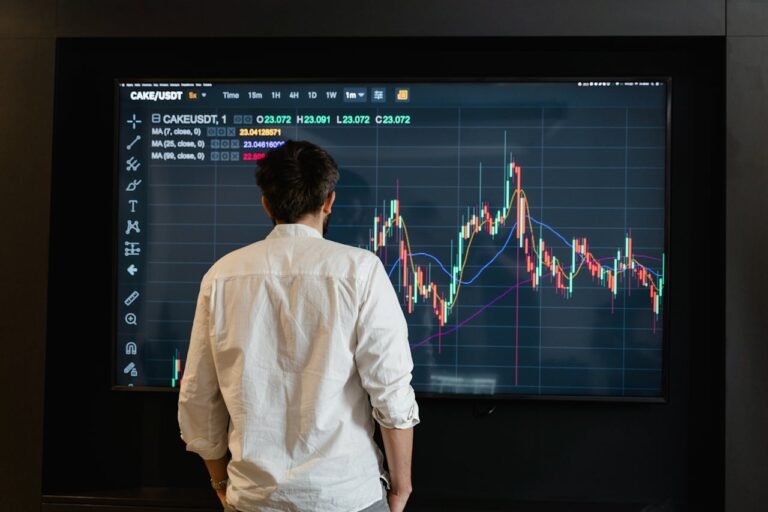
In the forex market, one of the essential concepts for traders to grasp is the correlation between currency pairs. Understanding how currency pairs are interrelated can help traders manage risks, identify trading opportunities, and create more effective strategies.
What is Currency Pair Correlation?
Currency pair correlation refers to the statistical relationship between two currency pairs. When two pairs move in tandem or in opposite directions, they are said to be correlated. This relationship is measured on a scale from -1 to +1, known as the correlation coefficient:
- +1: Perfect positive correlation, meaning both pairs move in the same direction.
- -1: Perfect negative correlation, meaning both pairs move in opposite directions.
- 0: No correlation, meaning the movements are unrelated.
Types of Currency Pair Correlation
1. Positive Correlation
A positive correlation occurs when two currency pairs tend to move in the same direction. For example:
- EUR/USD and GBP/USD often show a positive correlation due to their common relationship with the USD.
2. Negative Correlation
A negative correlation occurs when two currency pairs move in opposite directions. For example:
- USD/JPY and GBP/USD may exhibit a negative correlation because they involve the USD but in opposite capacities.
Why is Currency Correlation Important?
1. Risk Management
Traders can use currency correlations to manage risk. For instance, holding positions in highly correlated pairs can amplify risks, while diversifying among less correlated pairs can reduce exposure.
2. Avoiding Overexposure
If you take multiple trades on positively correlated pairs, you might unintentionally double your risk. For example, trading both EUR/USD and GBP/USD in the same direction exposes you to the same market movements.
3. Identifying Opportunities
Currency correlations can also be used to identify trading opportunities. If two historically correlated pairs start diverging, it may signal a potential reversal or arbitrage opportunity.
How to Measure Correlation
Correlation can be measured using tools like:
- Correlation Matrices: These tools provide an overview of how pairs are correlated over a specific timeframe.
- Statistical Software: Programs like Excel can calculate the correlation coefficient between pairs using historical price data.
Example of Currency Pair Correlation
Suppose you are trading EUR/USD and USD/CHF. Historically, these pairs show a negative correlation. If the EUR/USD price rises, the USD/CHF price is likely to fall, and vice versa. Recognizing this relationship can help you make better trading decisions.
Limitations of Currency Correlation
While currency pair correlation is useful, it has limitations:
- Correlations can change over time due to economic factors, geopolitical events, or market sentiment shifts.
- Short-term correlations may differ from long-term patterns, making it essential to analyze different timeframes.
Conclusion
Understanding the correlation between currency pairs is an invaluable skill for traders. It aids in risk management, helps avoid overexposure, and reveals new trading opportunities. By incorporating correlation analysis into your strategy, you can trade with greater confidence and precision. For further insights into forex trading, visit TradersNR or check out their comprehensive blog.